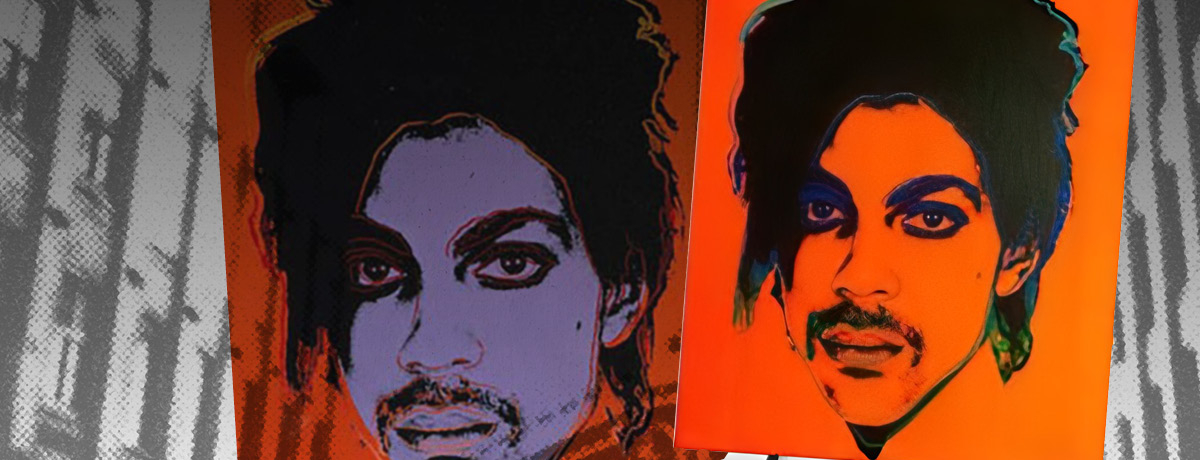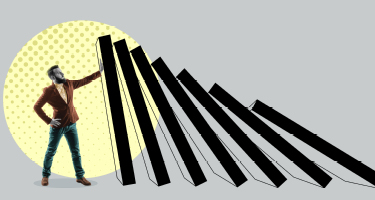In the first Supreme Court of the United States decision involving the fair use doctrine since 1994, the Court ruled against the estate of artist Andy Warhol in the much-anticipated Andy Warhol Foundation for the Visual Arts, Inc. v. Goldsmith copyright infringement case.
Warhol’s myth and genius arguably lay in repurposing iconic objects and imagery into his own art. SCOTUS, however, did not appear so enthralled when it ruled in favor of photographer Lynn Goldsmith, who claimed against Warhol’s estate after discovering in 2016 that he had used one of her Prince photographs in his own portrait series following its publication in Vanity Fair upon the singer’s passing. In response, Warhol’s estate claimed that it was “fair use.”
“Fair use is a common and important defense that often is raised in response to claims of copyright infringement,” explains New York intellectual property attorney Michael J. Kasdan, a partner at Wiggin and Dana. “The fair use doctrine is a longstanding and important aspect of American copyright law that is intended to balance the interests of later-coming artists in the creative process. Fair use limits the right of copyright holders in certain circumstances, including situations where the second work of art is based on, inspired by or draws on the first work.” Thus, while making a “derivative work” is an infringement, if the second work is determined to be a “fair use,” it is allowed.
In the Warhol case, SCOTUS applied a four-factor test to determine when and whether something is fair use and determined that Warhol’s defense did not favor a fair use defense.
According to Kasdan, SCOTUS sought to strike a balance between granting rights to the first artist and allowing a limited scope of fair use to the second artist. “It seems that the majority was afraid that a too-broad conception of fair use could lead to the fair use exception swallowing the rule and too much widespread copying. A test that focuses on the commercial marketplace also avoids the thorny issue of court’s evaluating whether art is ‘transformative enough’ to be fair.”
For lawyers, Kasdan opines that it will make it easier to raise a first-use defense in certain contexts but harder in others, where the two artists arguably compete commercially. For artists, Kasdan notes that the ruling is more protective of original works in situations where the second work is being sold in a similar or competing market and makes it easier to pursue the second artists as copyright infringers. It also makes it harder for conceptual artists who riff off others’ work to make a fair use claim if they are selling their works commercially in a similar market.
SCOTUS mentioned that Andy Warhol’s famous Soup Cans lithographs, which reproduced Campbell’s Soup Can, would be protected fair use because Warhol is using the image to make an artistic comment rather than to sell soup. “The Warhol case also strengthens the fair use defense no matter what the art looks like or how close it is to the original and in spaces where the artists are not competing commercially, for instance in displays in art galleries or for social commentary.”
For 2023, Wiggin and Dana LLP has 23 lawyers recognized in The Best Lawyers in America® and 16 in Best Lawyers: Ones to Watch® in America.






























